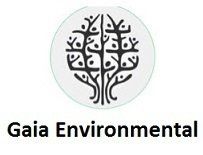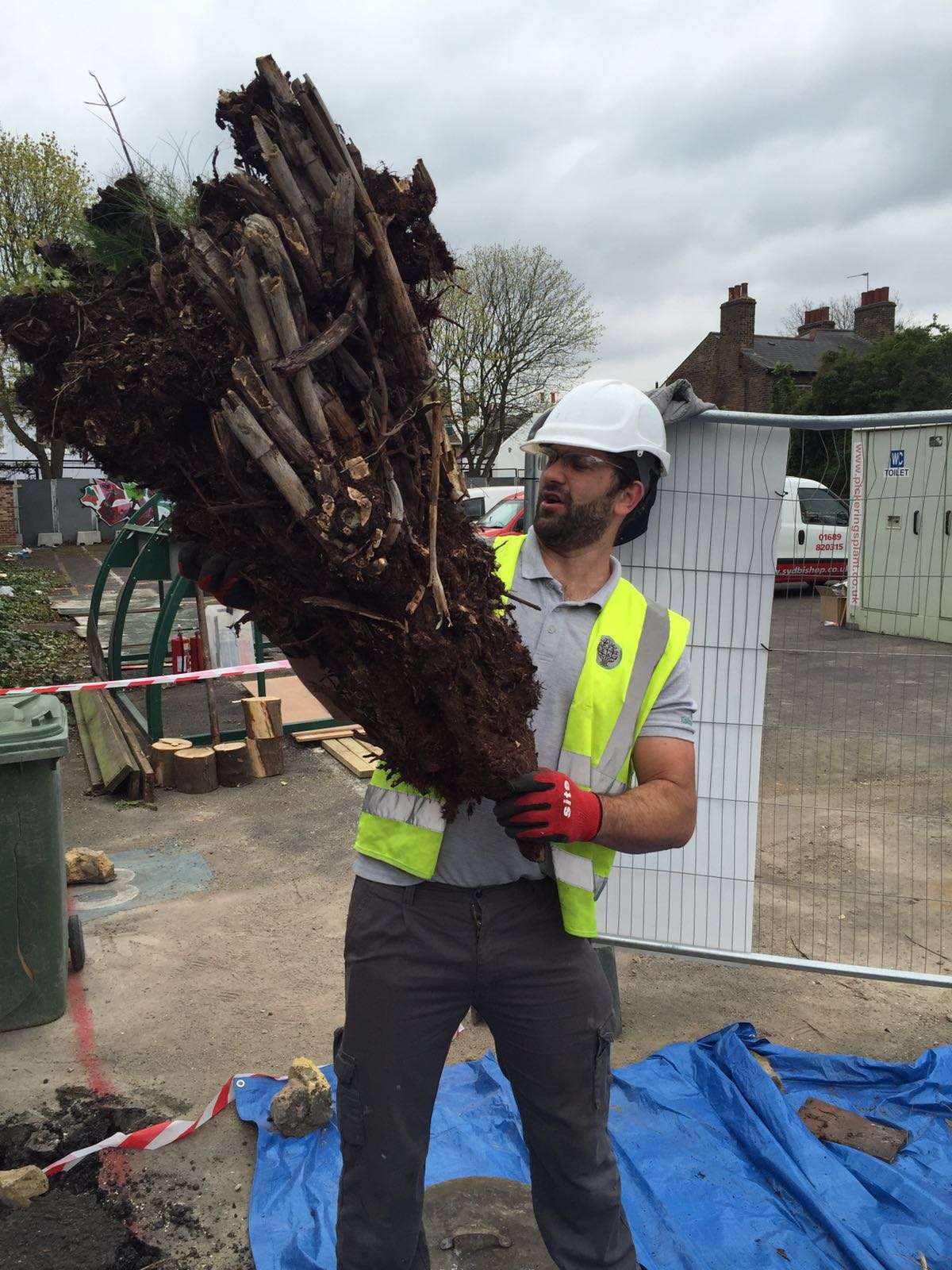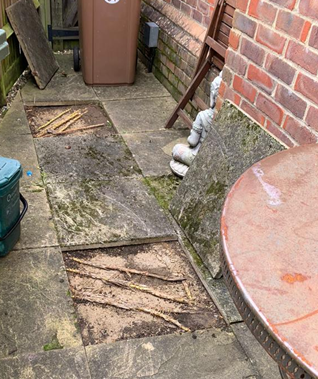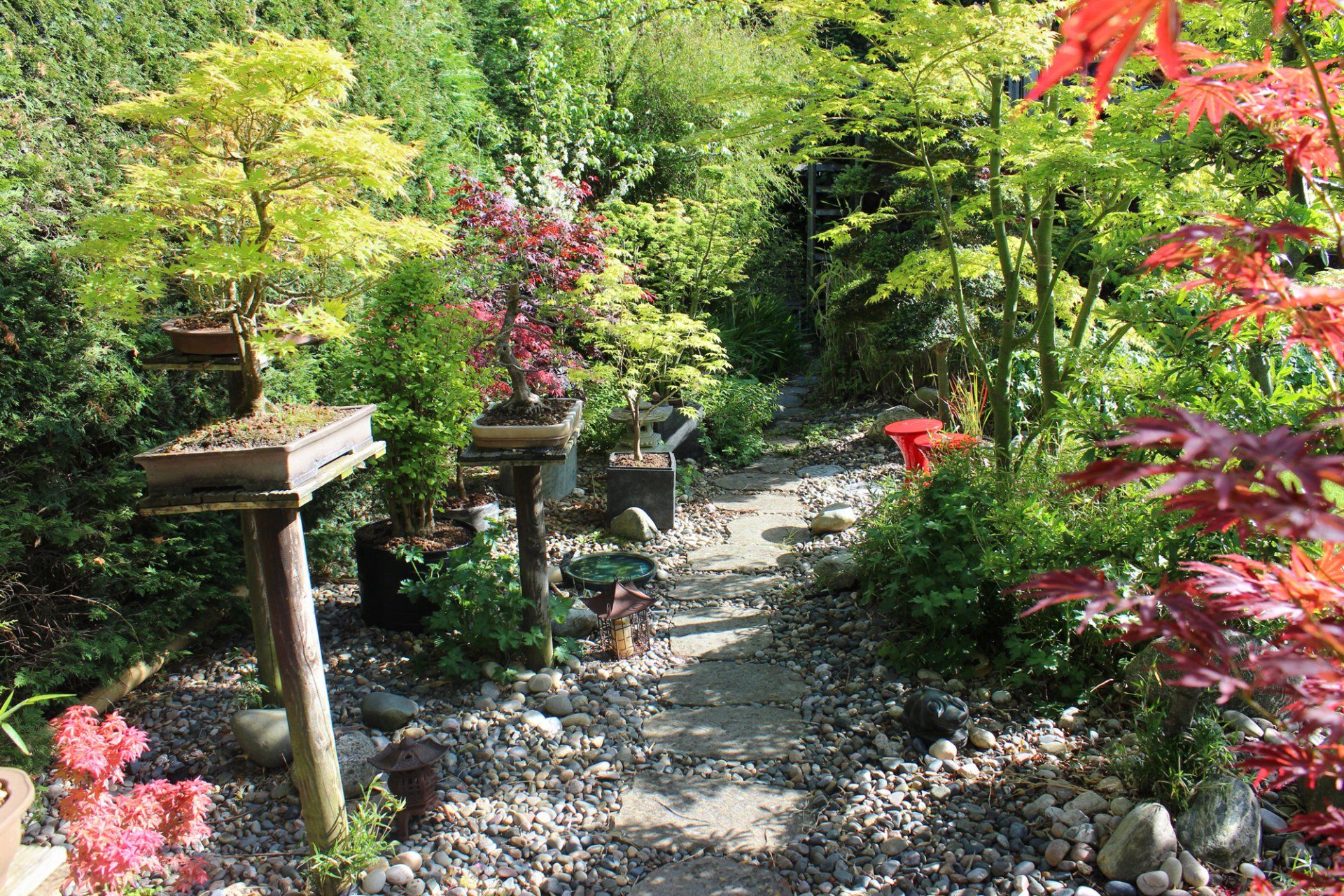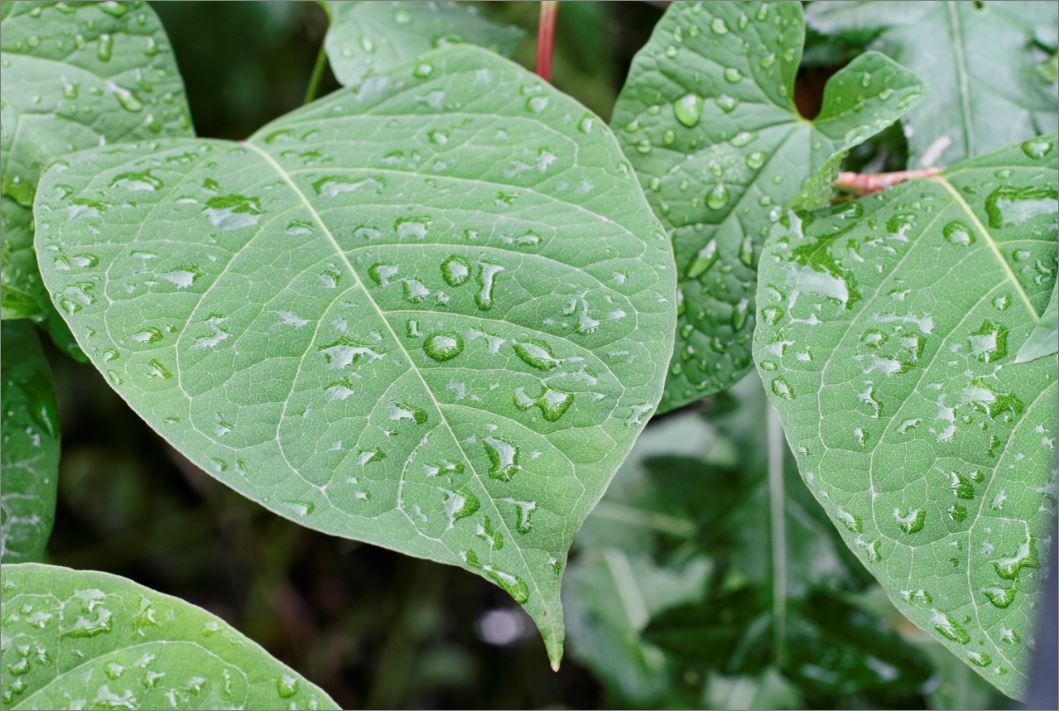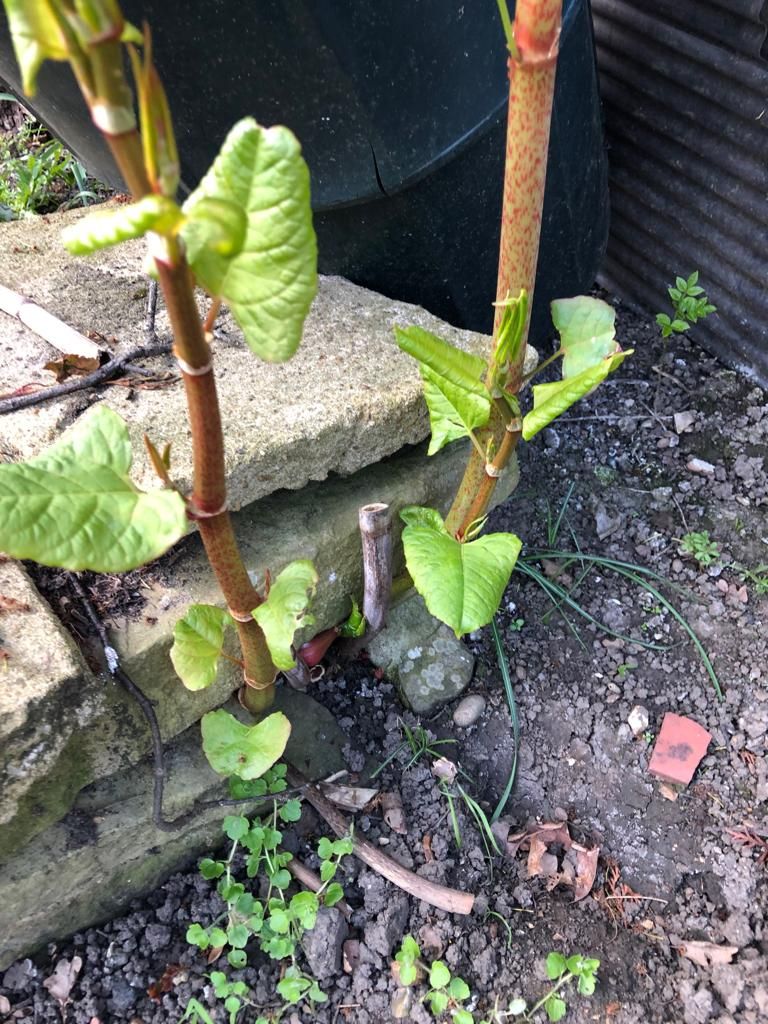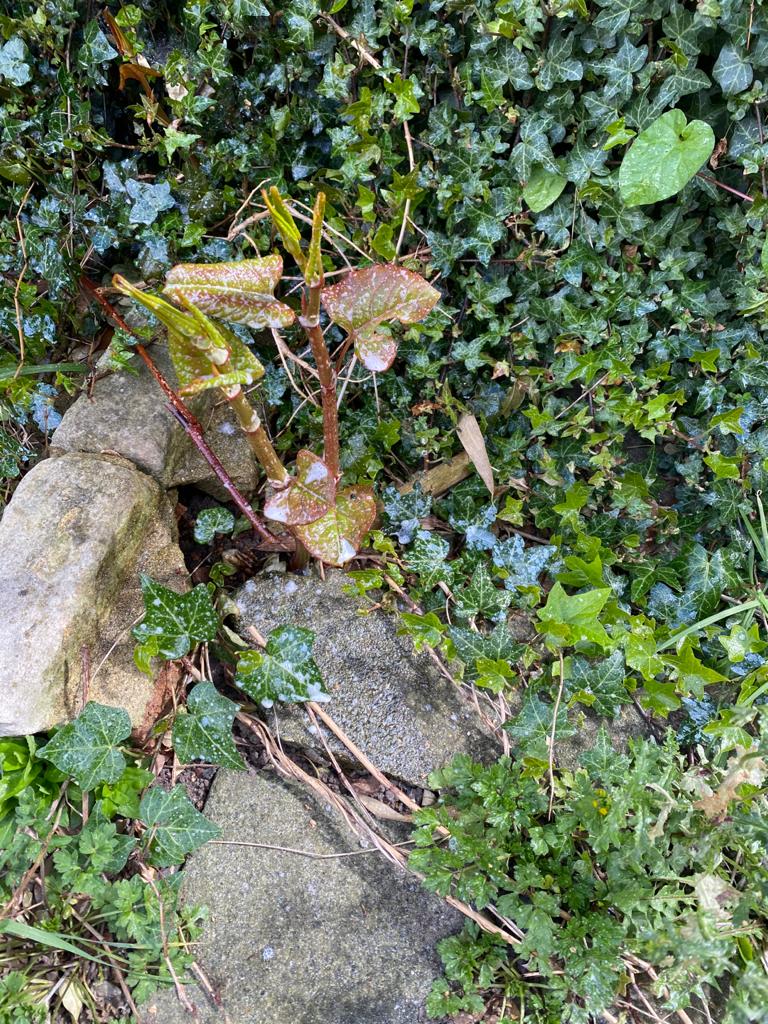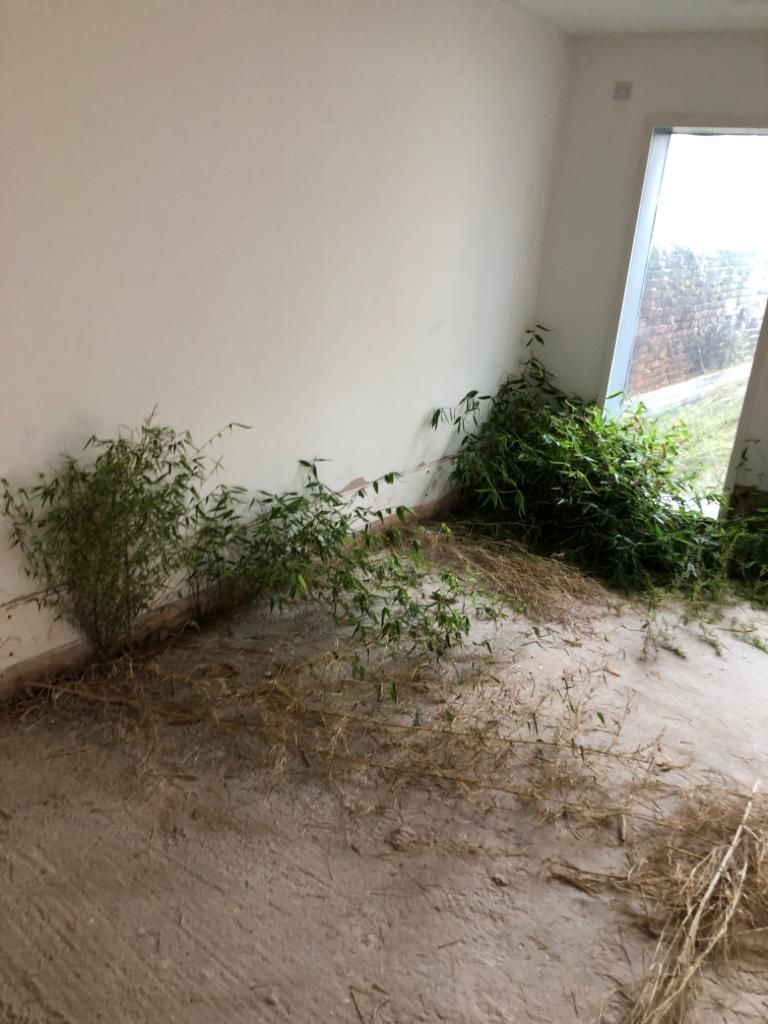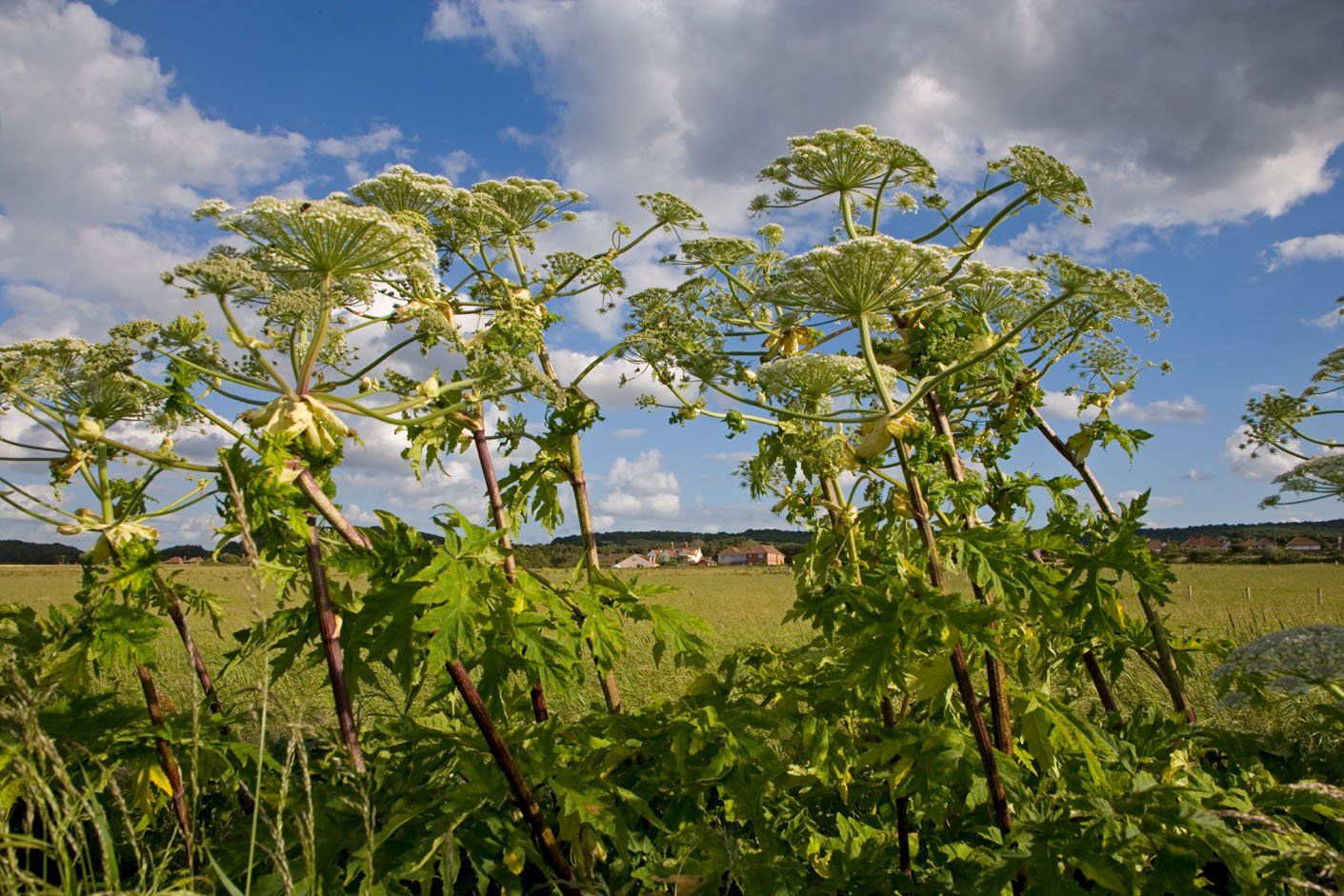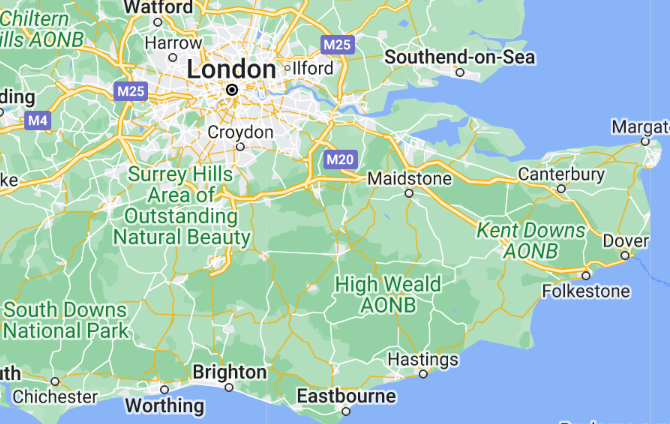3 Invasive Plants That Can Harm Your Garden
Whether you’re a green-fingered garden whizz or simply looking to keep your outdoor area in ship shape, you’ll be well aware of the effort it can take. Whilst gardening should be a thoroughly enjoyable activity, there are certain plants that can make life much harder than it needs to be. We are, of course, talking about invasive species and weeds.
These garden nuisances are troublesome in a number of ways; they damage property, harm other plants and disrupt wildlife. In some cases, it is illegal to allow them to grow. That said, it can be difficult to identify them if you’re not sure what to look for. Once you’re aware of the species that can cause problems, you can then work to have them removed.
Here at Gaia Environmental, we’ve put together a brief guide to invasive plants and how to tackle them.
Japanese Knotweed
First on our list is the notorious Japanese Knotweed. This invasive thug has caused problems for gardeners, homeowners and property managers since the early 20th century. Japanese Knotweed is renowned for its swift growth and tough roots.
This weed has been known to weaken building foundations, drive away native species and significantly lower property value. For these reasons, it is illegal to allow Japanese Knotweed to grow in the UK, and property owners could face legal charges if it is not dealt with.
Himalayan Balsam
Next on our list is Himalayan Balsam. Originally brought to the UK as a decorative plant, this natural menace is known to invade areas surrounding London and the South East. Though they may look pretty, with purple petals and delicate stems, they can cause serious trouble.
Himalayan Balsam is an annual plant, causing troubles as it overruns river banks in summer, but leaves them bare during winter. This can cause erosion and increases the risk of flooding due to the presence of dead plant material.
Giant Hogweed
Last on our list is Giant Hogweed, a tall and potentially harmful plant found up and down the country. Giant Hogweed can be identified by its thick bristly stems, purple blotching and white flowers. What makes this plant particularly dangerous is the sap, which can cause photodermatitis or photosensitivity of the skin.
If found, this plant should be removed as soon as possible, but not without the assistance of specialists.
Gaia Environmental
Here at Gaia Environmental, we’re well-versed in the safe and efficient removal of invasive plants. Get in touch with a member of our friendly team to discuss your requirements.
Call us now on 07920 851844 or send an email to
info@gaiauk.com.

